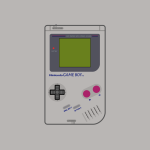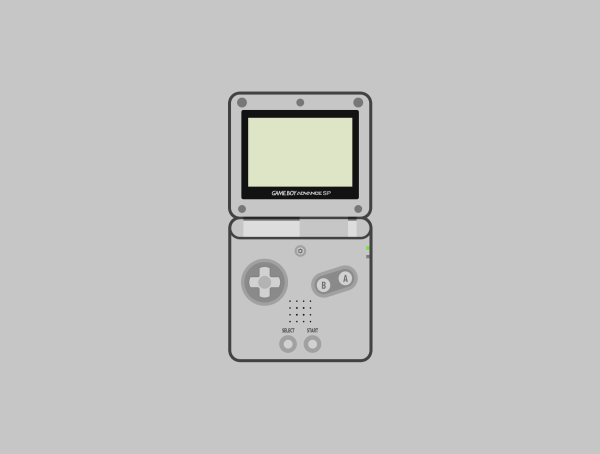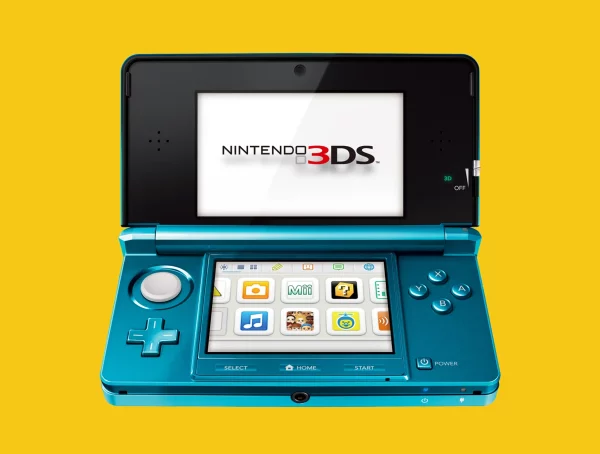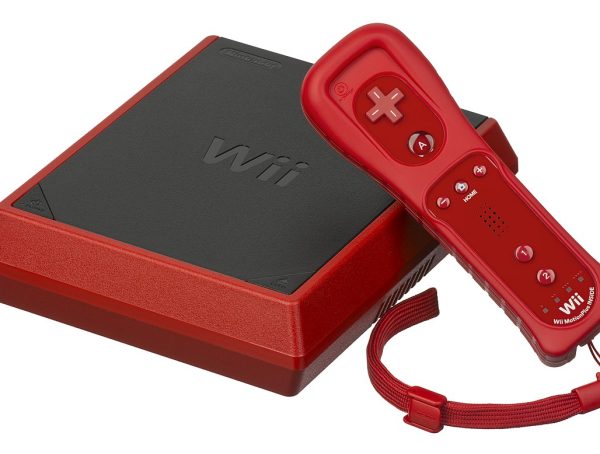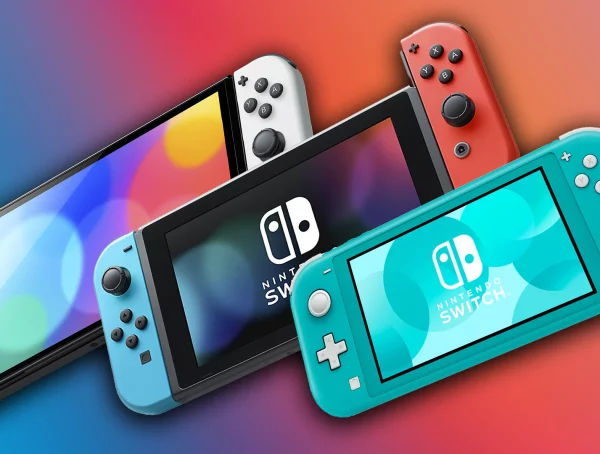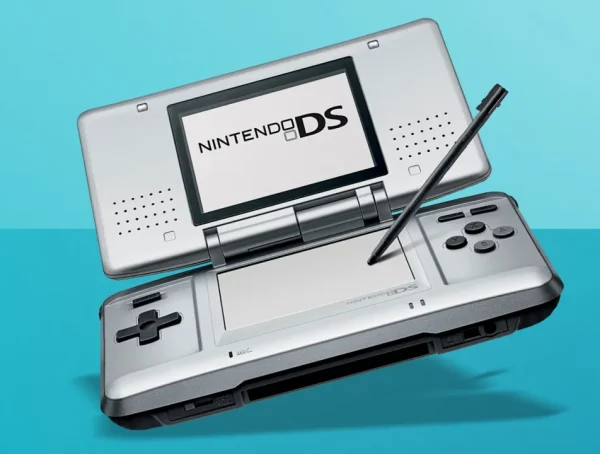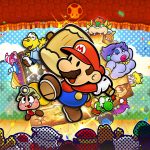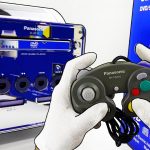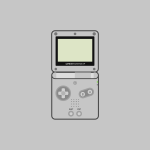The Nintendo Game Boy Light, released exclusively in Japan in 1998, is one of the most unique and lesser-known entries in Nintendo’s legendary Game Boy line. As a direct evolution of the Game Boy Pocket, it was designed to address one of the most persistent criticisms of earlier Game Boy models, the lack of a backlit screen.
History
By the late 1990s, the Game Boy was firmly established as the dominant handheld gaming platform, with millions of units sold worldwide. However, many players voiced a common frustration: the Game Boy’s screen was hard to see in low-light conditions, requiring external accessories or direct lighting for visibility.
In response, Nintendo released the Game Boy Light on April 14, 1998, in Japan. This handheld was essentially an enhanced version of the Game Boy Pocket but included a built-in electroluminescent backlight, a feature that would not appear again in Nintendo handhelds until many years later.
While the Game Boy Light was never released outside Japan, it became a collector’s item internationally and is now celebrated for its elegant design and utility.
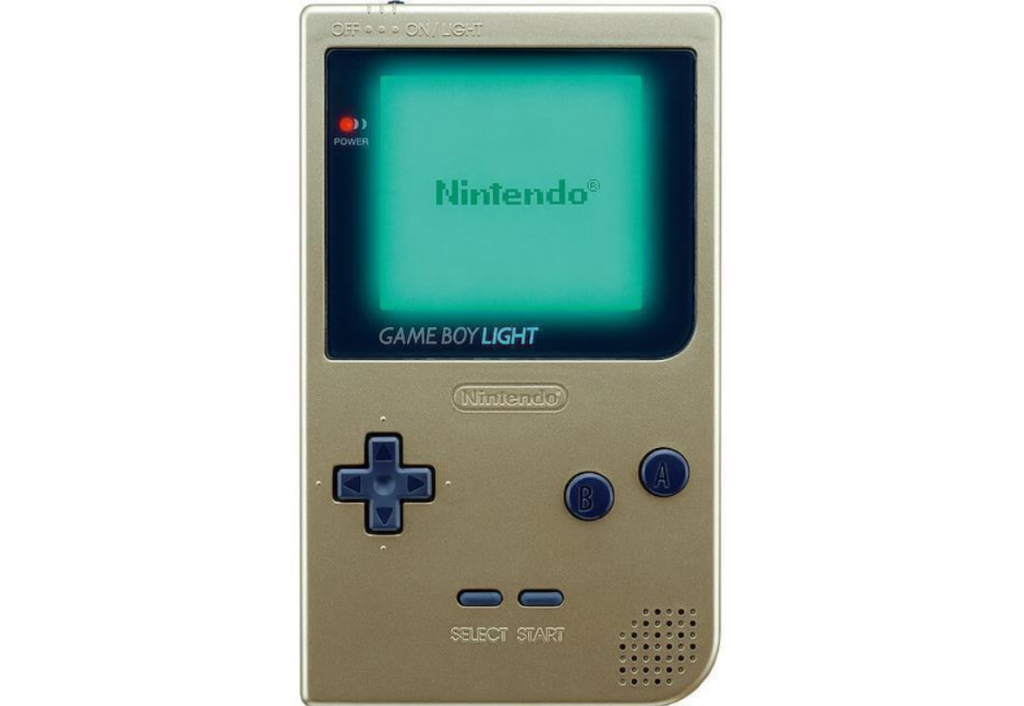
Evolution and Context
The Game Boy Light sits in a transitional phase in Nintendo’s handheld timeline:
- Game Boy (1989): The original, bulky handheld with no backlight.
- Game Boy Pocket (1996): A slimmer, lighter version with a sharper screen but still no light.
- Game Boy Light (1998): Adds backlight and slightly improves battery performance.
- Game Boy Color (1998): Launched later the same year, featuring color graphics but no backlight.
Although the Game Boy Color would soon overshadow the Light in global markets, the Light held strong appeal for gamers seeking nighttime visibility without third-party lighting accessories.
Features and Versions
Key Features:
- Backlit Screen: A greenish electroluminescent backlight for play in the dark.
- Improved Battery Life: Despite the backlight, the Game Boy Light had better battery efficiency compared to the original Game Boy.
- Compact Size: Slightly larger than the Game Boy Pocket, but still slim and portable.
- Game Compatibility: Supports all original Game Boy titles (but not Game Boy Color-exclusive games).
Versions and Colors:
Nintendo released the Game Boy Light in multiple color variants, including:
Standard Editions:
- Gold
- Silver
Special/Limited Editions:
- Tezuka Osamu World Shop Limited Edition (Astro Boy theme): Clear case with special artwork.
- Pikachu Yellow Edition: Yellow body with Pikachu silhouette, Pokémon branding.
- Transparent Clear: Fully see-through casing.
These limited editions were typically available through specific retail promotions or in limited quantities, making them highly sought-after by collectors today.
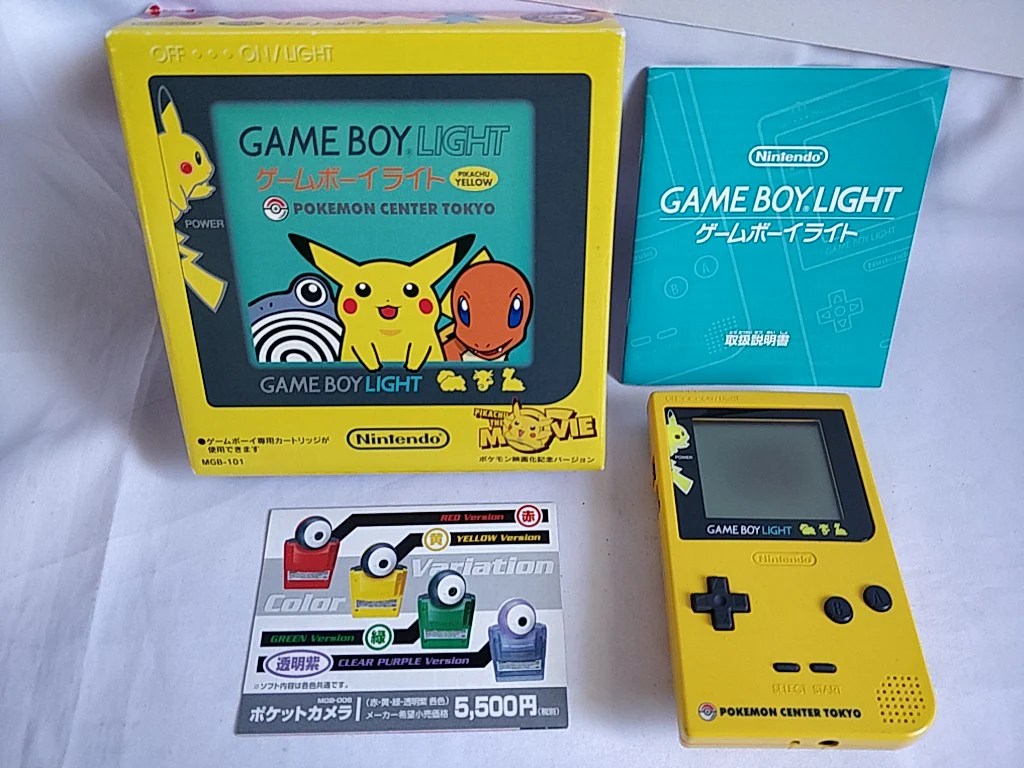
Technical Specifications
| Feature | Specification |
|---|---|
| Release Date | April 14, 1998 (Japan only) |
| Display | 2.45-inch reflective LCD with electroluminescent backlight |
| Resolution | 160 × 144 pixels |
| Battery Life | Approx. 12 hours (with light), 20 hours (without light) |
| Power Source | 2× AA batteries |
| Dimensions | 124 mm × 78 mm × 24.5 mm |
| Weight | Approx. 140 g (with batteries) |
| Audio | Mono speaker, headphone jack (stereo) |
| Connectivity | Link cable port for multiplayer games |
Legacy and Impact
Though short-lived and limited in distribution, the Game Boy Light filled a critical gap in the Game Boy lineage. Its built-in backlight made it the best option for playing Game Boy games in the dark until the release of the Game Boy Advance SP in 2003, which featured front lighting (and later, true backlighting in the AGS-101 model).
Collectors and retro gamers often praise the Game Boy Light for its sleek design, unique utility, and rarity outside of Japan. It remains a standout example of Nintendo’s attention to fan feedback and willingness to experiment, even in the twilight of a product generation.
It was not the last Game Boy…
The Nintendo Game Boy Light may not have reached a global audience during its brief market life, but its impact on handheld gaming is undeniable. As a stylish, functional, and rare evolution of the classic Game Boy, it set the stage for future innovations and remains a beloved piece of Nintendo history among enthusiasts today.
You might also like
More from CONSOLES
Nintendo Wii Mini: Complete History, Versions, and Specs (2012)
The Nintendo Wii Mini is a lesser-known variant of the highly successful Nintendo Wii console. Designed as a more affordable …
Nintendo Switch: The Complete History and Versions of Nintendo’s Hybrid Revolution (2017)
Introduction When the Nintendo Switch was launched on March 3, 2017, it wasn’t just a new console, it was a radical …
Nintendo DS: The Dual-Screen Revolution (2004)
The Nintendo DS, launched in 2004, marked a bold and innovative step in the world of handheld gaming. With its …
